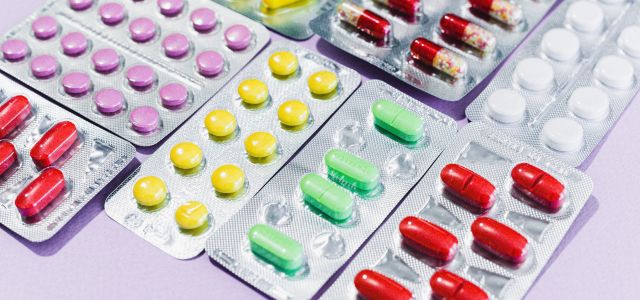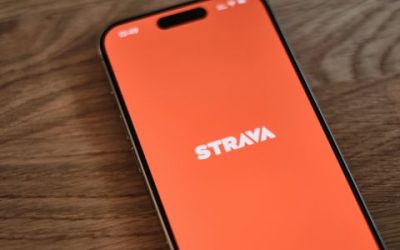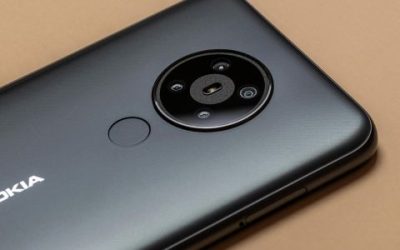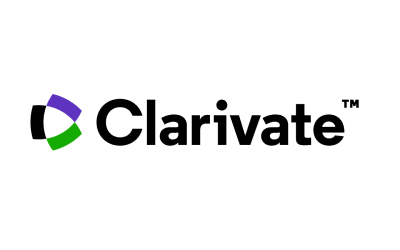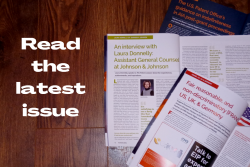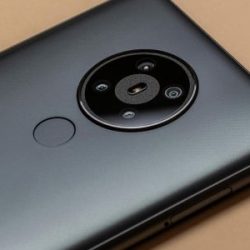In an appeal case between Zeria Pharmaceutical Co. Ltd., v. The Controller of Patents (C.A.(COMM.IPD-PAT) 452/2022) before the Delhi High Court, wherein the appellant – a Japanese Corporation – filed an Indian Patent Application, numbered 3630/DLNP/2011 (the subject application) as a divisional patent application from 1090/DELNP/2007, claiming a novel intermediate compound in April 2011. The subject patent application was refused in 2016 by the Patent Office based on two grounds:
- Lack of inventive step and non-patentability of the Indian Patent Act
- The instant appeal was against the said refusal order.
Summary of the party submissions
Appellant’s submission
The appellants contended that the Learned Controller erroneously relied on prior art document D1, which was categorized as not relevant to the inventive step as per the International Search Report (Category A i.e., Documents defining the general state of the art). Furthermore, D1 “teaches away” from the claimed invention. They submitted that the specific methyl ester with a methoxycarbonyl group, as claimed, is not produced or specifically described in the prior art document D2, and deriving it from D2’s generic disclosure is not obvious. They also submitted that the Controller’s order used impermissible hindsight analysis, lacking motivation for a Person skilled in the art (PSITA) to arrive at the invention.
The appellant further asserted that the Controller did not consider an expert affidavit, which affirmed the inventive step of the claimed invention. They also stated that experimental data demonstrated the superiority of their claimed intermediate over compounds in D2 (reduced reaction time, higher yield, fewer impurities) and highlighted that for an intermediate “therapeutic efficacy” is not feasible to demonstrate; instead, efficiency in the process should be considered under section 3(d).
Respondent’s submission
The Respondent maintained the subject patent application’s non-patentability based on the lack of inventive step under Section 2(1)(ja) and Section 3(d) (mere discovery of new form without enhanced efficacy) of the Act. They further pointed out that the claimed compound is a minor variation of the compound disclosed (example 6) in the prior art document, D2. The respondent also asserted that replacing “ethoxy” with “methoxy” is a straightforward possibility and part of routine experimentation for a PSITA to provide alternative intermediates for aminothiazole derivatives, especially since D1 and D2 are in the same field, and one inventor is the same.
The respondent further argued that Claim 1 falls under Section 3(d) as a derivative of a known compound (as disclosed in D2) with no enhanced efficacy in its use as an intermediate. The Respondent contended that the Appellant’s submitted data did not demonstrate “therapeutic efficacy” for the claimed intermediate, which is required by Section 3(d).
Analysis and findings
On Section 3(d)
The Delhi High Court emphasized that section 3(d) is a primary consideration and is to be assessed before other patentability criteria, clarifying that novelty under Section 2(1)(j) does not exempt a patent application from objections under Section 3(d) citing Novozymes v. Assistant Controller of Patents & Designs and Novartis AG v. Natco Pharma Ltd. The court agreed with the Controller that the claimed compound (methoxycarbonyl derivative) was a mere derivative of the known compound in prior art D2 (ethoxycarbonyl derivative in Example 6). The structural difference (one CH2 unit) was considered minor.
Specific discussion on efficacy/ therapeutic efficacy
Citing the Supreme Court’s ruling in Novartis v. Union of India, the court reiterated that for chemical substances, especially medicines, “efficacy” under Section 3(d) means “therapeutic efficacy.” It held that mere improvements in process parameters like reduced reaction time, higher yield, or reduced impurities do not constitute “enhanced therapeutic efficacy.” The court found that the Appellant explicitly stated it was “not feasible to demonstrate the therapeutic effect” of the claimed compound as it was an intermediate. As the Appellant failed to provide any data demonstrating the required “therapeutic efficacy” over the prior art, the court found that the claimed invention fell within the scope of Section 3(d) as a mere derivative without enhanced therapeutic efficacy.
On Section 2(1)(ja)
The court acknowledged the three-pronged test for assessing the inventive step: considering the prior art, the claimed invention, and how it would be obvious to a PSITA. It found that the Controller adequately applied this test. The court agreed with the Controller that the claimed compound was obvious. Prior art D2 generically disclosed compounds where “D” could be “methoxy” or “ethoxy” (lower alkoxy groups). Since D2’s Example 6 specifically showed an “ethoxycarbonyl” group, the court found it would be “routine experimentation” for a PSITA to swap it for a “methoxycarbonyl” group, especially given that the prior art documents and the subject application shared the same field of invention and even a common inventor.
Court order
The court was convinced by the Controller’s refusal, concluding that the subject application failed to satisfy the requirements of both Section 3(d) and Section 2(1)(ja) of the Patents Act, 1970. The appeal was dismissed. The instant case highlights the significance of therapeutic efficacy in patent applications and affirms that an intermediate cannot be exempt from establishing therapeutic efficacy. The order was pronounced on 27 May 2025.
Authors’ analysis
The court affirms that Section 3(d) applies to intermediates as well. The decision further reinforces the Indian stand on the significance of therapeutic efficacy in Pharma Patent. The Pharma Industry, in particular, should be careful that advantages like reduced reaction time, better yield, or purity will not complement the cardinal requirement of therapeutic efficacy in relation to granting a decision of the claimed invention.
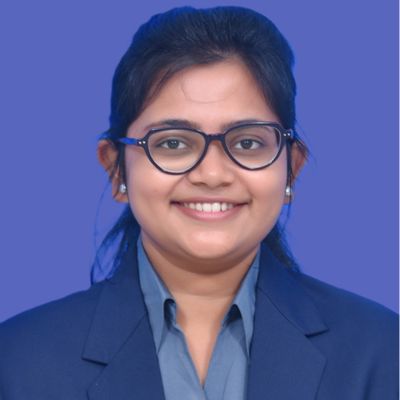
Written by Sohini Mondal
Patent Intern, IPMagnitude

Written by Vikas Asawat
Patent & Trade Mark Attorney, IPMagnitude
You may also like…
Survival of the fittest: Strava sues Garmin for patent infringement
Fitness app company Strava has recently made waves in the running and cycling communities after suing Garmin for...
FRAND compliance and conditional injunctions: key lessons from China’s VoiceAge v. HMD SEP decision
Case background and conditional injunctions A recent ruling by the Fuzhou Intermediate People’s Court has drawn...
Clarivate delivers new AI-powered solutions within Innography for competitive benchmarking and standard-essential patent analysis
AI Classifier delivers patent classification with up to 97% first-pass accuracy for portfolio benchmarking, while SEP...
Contact us to write for out Newsletter


